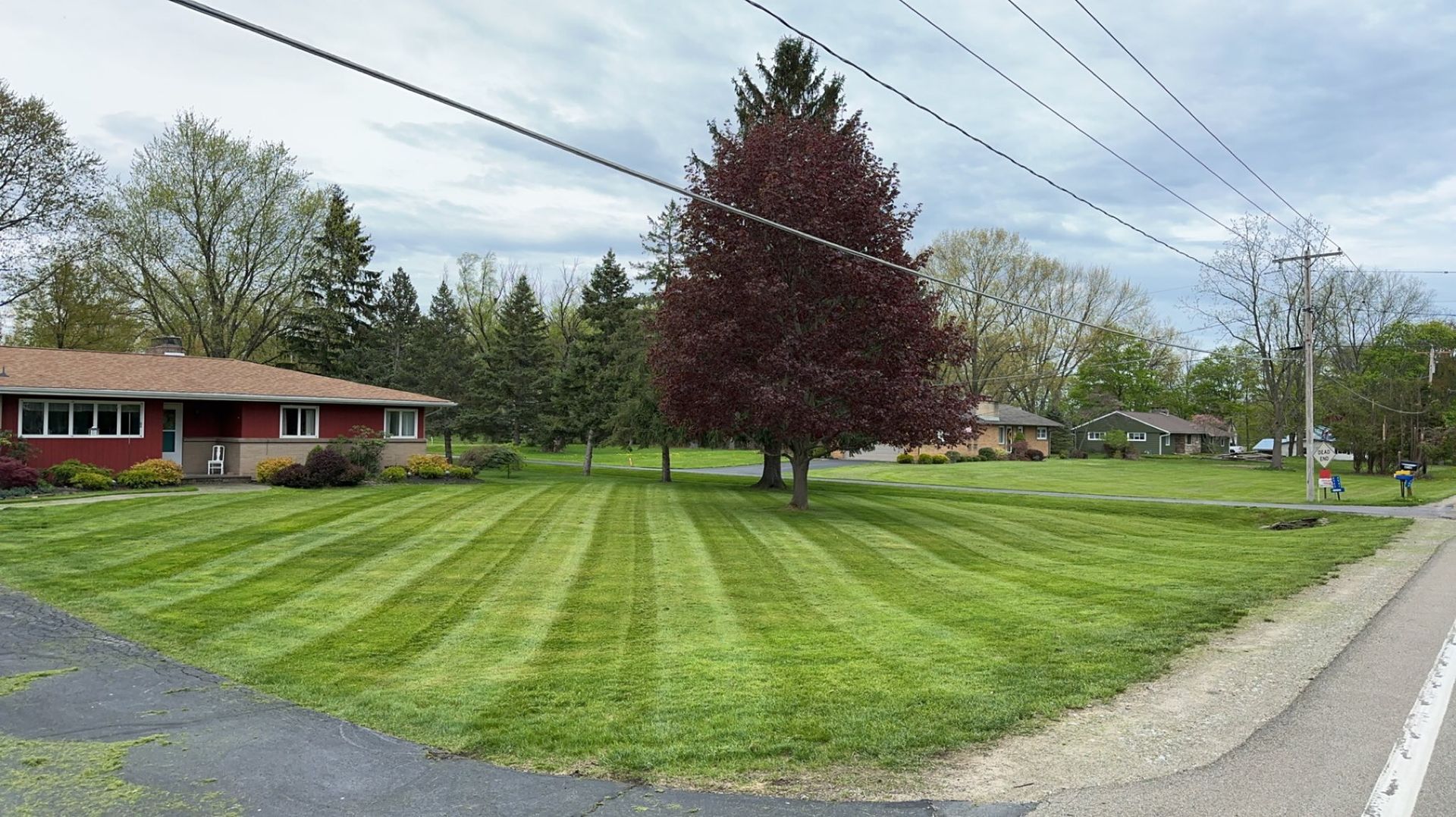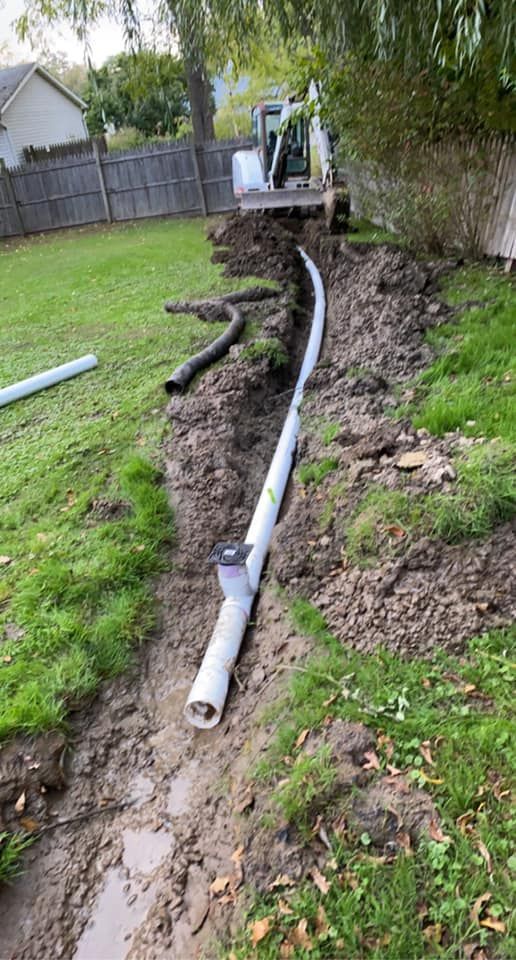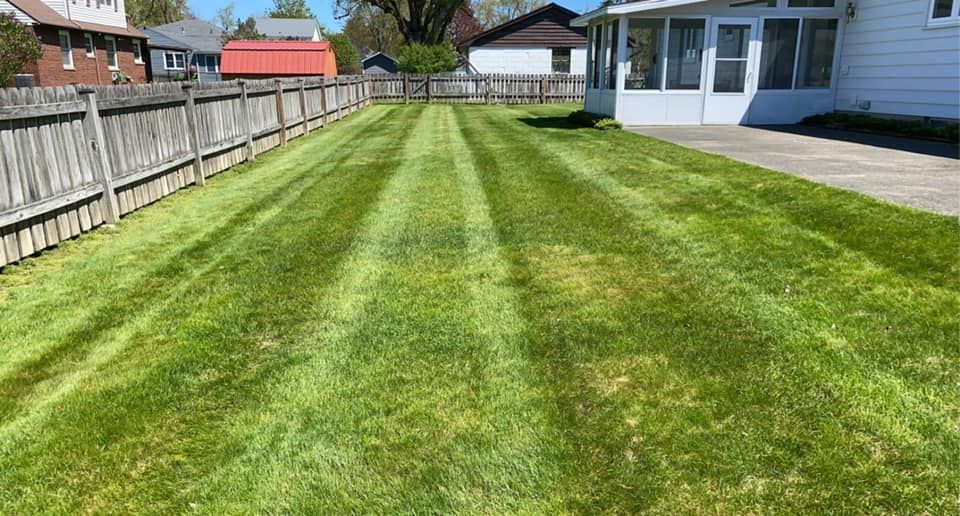How to Incorporate Eco-Friendly Landscaping Practices into Your Design
September 9, 2025

As the demand for sustainable living continues to rise, homeowners are looking beyond energy-efficient appliances and green building materials to improve their environmental footprint, starting right in their backyards. Eco-friendly landscaping goes far beyond aesthetics; it involves creating an outdoor space that works in harmony with nature. Whether you're revamping an existing yard or designing from scratch, adopting sustainable practices can save water, reduce waste, lower maintenance costs, and support local ecosystems.
With climate change and resource conservation top of mind, even small landscaping choices can have a big impact. From reducing lawn size to using native plants, every step toward sustainability contributes to a healthier planet. Eco-conscious design is also about long-term value—your landscape will not only look beautiful but function efficiently for years to come. By aligning your outdoor space with nature’s rhythm, you create a setting that benefits both people and the planet.
Let’s explore the practical ways you can incorporate eco-conscious principles into your landscape design for a greener, healthier environment.
1. Choose Native Plants for Low-Maintenance Beauty
Native plants are adapted to the local climate, soil, and wildlife, which means they typically require less water, fertilizer, and care than non-native species. They also help support pollinators and maintain the natural balance of your local ecosystem. In Silver Creek, New York, options like wild bergamot, New England aster, and switchgrass are attractive and resilient native choices.
2. Embrace Water Conservation Techniques
One of the cornerstones of eco-friendly landscaping is efficient water usage. Installing drip irrigation systems, rain barrels, and moisture sensors can dramatically reduce water waste. Grouping plants by their water needs and mulching around them helps retain moisture, minimize evaporation, and reduce the frequency of watering.
3. Use Permeable Surfaces
Traditional concrete and asphalt can lead to water runoff and erosion. Instead, opt for permeable materials such as gravel, decomposed granite, or permeable pavers for walkways and patios. These materials allow rainwater to soak into the ground, replenishing groundwater supplies and preventing soil erosion.
4. Compost and Mulch for Healthier Soil
Composting organic waste from your kitchen and garden not only reduces landfill waste but also enriches your soil naturally. Apply compost around plants to improve soil structure and boost nutrient levels. Likewise, mulching with organic materials like bark or shredded leaves helps suppress weeds, retain moisture, and regulate soil temperature.
5. Limit Lawn Areas
Large expanses of turfgrass require significant water and chemical inputs to stay green and lush. Reduce lawn areas by incorporating ground covers, native grasses, or even installing a wildflower meadow. These alternatives provide visual interest and create habitat for beneficial insects and birds.
6. Incorporate Renewable and Recycled Materials
When constructing raised beds, fences, or garden features, consider using reclaimed wood, recycled stone, or composite materials. These choices not only reduce demand on raw resources but also add character and uniqueness to your landscape design.
Sustainable Beauty by Braidich Landscaping
Creating an eco-friendly landscape doesn’t mean compromising on beauty—it means designing with intention and respect for the natural environment. At Braidich Landscaping, we specialize in transforming outdoor spaces using sustainable practices that align with your values and lifestyle. With 9
years of experience serving Silver Creek, New York, our team is committed to providing environmentally responsible landscaping solutions that are both functional and visually stunning. Let us help you build a landscape that thrives naturally, saves resources, and makes your home a greener place to live.




